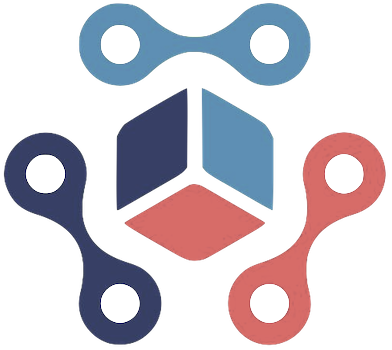The digital landscape is experiencing a seismic shift with the introduction of groundbreaking AI animation tools. Recently, Midjourney unveiled its innovative video generation model, a significant leap for users eager to breathe life into static images. With this new tool, individuals can animate images that they either upload or create directly on the platform, transforming a single frame into an engaging short video that encapsulates movement in mere seconds. This isn’t just a technical novelty; it opens up new horizons for artists, creators, and businesses seeking to communicate ideas visually and compellingly.
Midjourney’s approach is particularly user-friendly, featuring a button that takes the creative exertion out of animating images. With a simple click of an “animate” button, users can produce a five-second clip based on a text prompt. Additionally, they can utilize uploaded images as starting frames, unleashing endless possibilities for creative exploration. The bureaucratic nature of traditional animation is disrupted, allowing users to create animated narratives without the extensive expertise typically required.
Customization for Creative Freedom
What truly elevates Midjourney’s offering is its emphasis on customization. By default, the model generates basic animations with a prompt that merely states “make things move.” However, it also includes a “manual” option, allowing users to customize movements and choose how they want their visuals to unfold. The flexibility this feature presents is vital, as it caters to both casual users experimenting with basic animations and seasoned creators looking for a platform that allows for artistic precision.
Moreover, the platform provides options to extend animations beyond the initial five seconds to a total runtime of 21 seconds. This incremental approach to animation length offers creators the opportunity to tell more complex stories succinctly, enhancing audience engagement without overwhelming them with lengthy visuals. The introduction of high and low-motion settings further enriches the user experience, permitting more nuanced control over the subject and camera movements.
The Price of Innovation
Like any cutting-edge technology, the cost implications cannot be overlooked. Midjourney has adopted a subscription-based model that begins at $10 a month for an attractive package of 3.3 hours of fast GPU time, estimated to yield around 200 images. However, video generation comes at a greater expense, signaling that emerging technologies may not be immediately accessible for all creators. The business model indicating that video jobs will be priced approximately eight times higher than image jobs highlights the growing acknowledgment of video as a unique and more resource-intensive form of content.
While some may consider this pricing steep, the investment reflects the advanced capabilities being offered. As technology continues to evolve, the costs associated with utilizing AI for creative purposes may become more reasonable, similar to the trajectory of other digital tools over the years. Understanding and adapting to this model will be essential for users hoping to leverage AI animation in their projects.
Legal Concerns and Ethical Implications
However, with innovation comes complexity, particularly in legal terms. Midjourney finds itself embroiled in a lawsuit with heavyweights Disney and Universal, who expressed concerns regarding potential copyright infringements tied to the AI’s training process. They argue that the platform could be generating unauthorized copies of their copyrighted work, a significant issue that emphasizes the ethical considerations surrounding AI-generated content.
This conflict underscores a critical juncture in AI development: the need for clear ethical guidelines and regulations to protect both creators’ rights and the tools designed for innovation. As AI technology matures, so must the dialogue regarding its implications on intellectual property. Should these legal matters remain unresolved, they could hinder the development of AI animation and cool the enthusiasm surrounding it.
The Future of Animation with AI
Amidst the excitement and apprehension, there lies a shared vision for the future of AI animation. David Holz, Midjourney’s founder, positions this initial model as merely a stepping stone toward crafting advanced generative models capable of real-time, immersive simulations. Companies like Google, OpenAI, and Meta are also making strides in this domain, reflecting a collective industry shift toward embracing AI-generated content.
The future is undoubtedly bright, filled with possibilities for creators to engage with their audiences through dynamic storytelling. As we sink into this new digital era, it’s essential to embrace these tools not just as technological marvels but as catalysts for creativity that could redefine how we think about and interact with visual media.

